Alleviating the pressure on natural resources with key actions, such as waste prevention and reuse, has now become one of the priorities for combating climate change.
The CirCo (Circular Coffee) project fits into this context, it is a circular bio-economy project coming from a collaboration between different entities.
Funded by the Cariplo Foundation and InnovHub-Experimental Stations for Industry, it involves Italy’s National Research Council, the Department of Environmental Sciences and Policies of the University of Milan, the Eurac Research Academy of Bolzano, the multinational cosmetics Intercos and Favini paper mill.
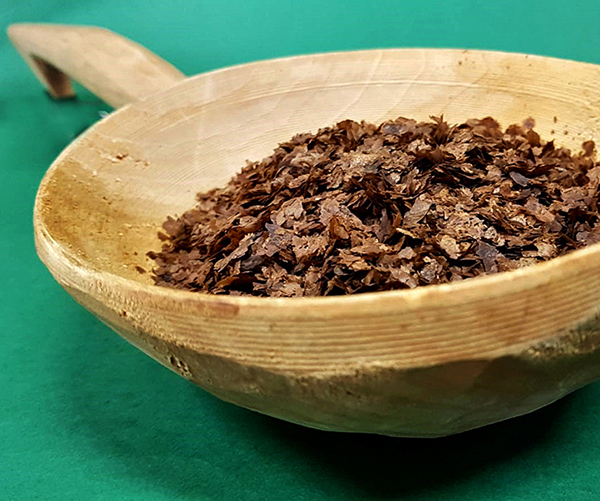
The project coordinator Nicoletta Ravasio explained that the final goal of the project is the enhancement of the residues from coffee roasting, the silverskin which is the skin that wraps the bean.
Through the collaboration of the various participants and with a multidisciplinary approach, an industrial symbiosis has been established; this is where the waste products from one company have become raw materials for another company or for another production process.
But what is silverskin in simple terms?
Nicoletta Ravasio: “Silverskin is the skin that detaches from the coffee bean when the latter swells during the roasting process.”
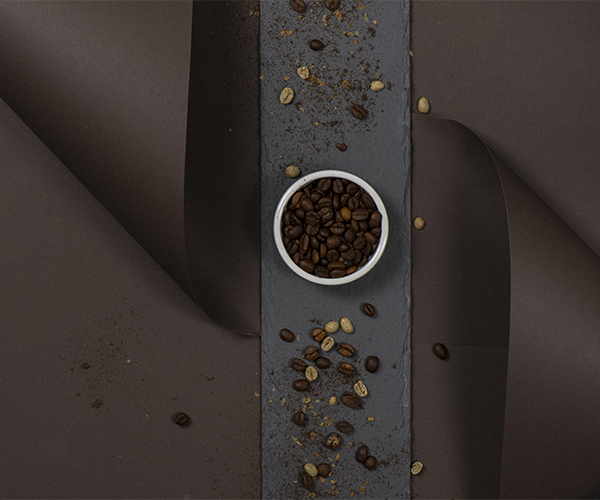
This residue is present in large quantities, as the coffee industry is one of the most commercialized, with millions of tonnes of coffee produced and consumed every year. In Italy alone, 7,500 tonnes of silverskin are disposed of every year.
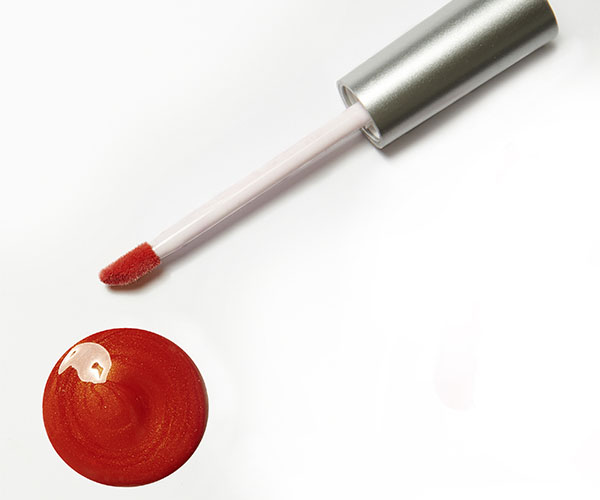
Once extracted, the fat from the residue was used by Intercos to produce a lipstick and the now extracted chlorogenic acid is identified for a future use for its anti-aging properties.
Considering the quantity of this by-product, the need arises to find alternative uses for it, especially taking advantage of its chemical-physical capabilities. In fact, silverskin contains a particular fat and chlorogenic acid that can be used in cosmetics.
What are the characteristics of the final product?
Gabriele Depta, Intercos Advanced and Applied Research Director: “We focused on the lipid fraction which has cosmetic characteristics of emolliency, filming effect and brilliance. We have created a very pigmented and very shiny lip product. ”
In addition to these two components, silverskin is also rich in cellulose and this implies a high compatibility for paper production.
Favini subsequently used this waste to produce a paper by replacing 15% of tree cellulose.
The result is an ecological, FSCTM certified, zero-emission, biodegradable and recyclable paper with a unique recipe: 15% coffee waste, 40% recycled cellulose.
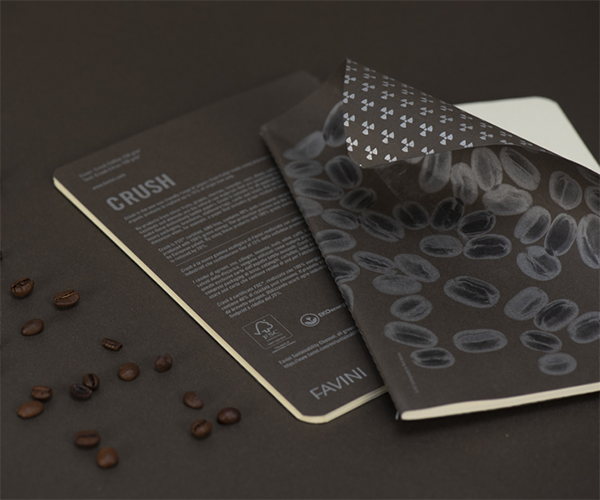
How does the production process work?
Achille Monegato, Favini’s R&D Manager: “Favini paper mill has developed and patented a system for producing paper starting from biomass, the Crush process. These materials replace up to 25% of cellulose and it is an example of a circular economy. “
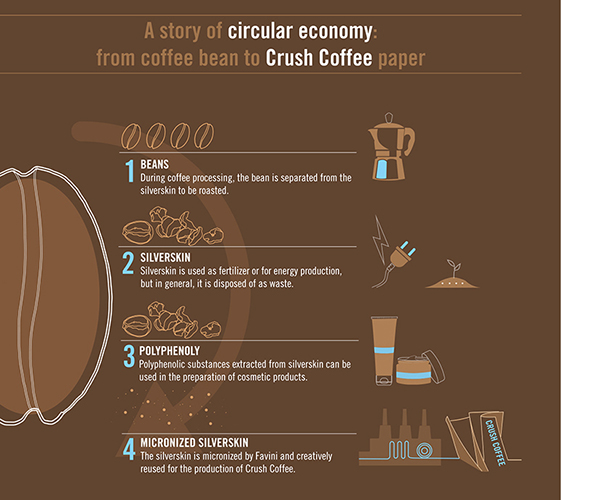
This particular production process has a lower environmental impact and uses 100% green energy. By applying the principles of circular economy it was possible to use the residue of coffee roasting in the paper sector.
Crush paper can be used for prestigious publishing and luxury packaging, it is suitable for all main print techniques and its history gives it a charm as well as being kind to the environment.
With a view to industrial symbiosis, the CirCo project has shown that the waste from coffee production can be recovered to become a secondary raw material for the cosmetics and paper industry. Networking and the exchange of expertise was fundamental to increase the value of this by-product.


